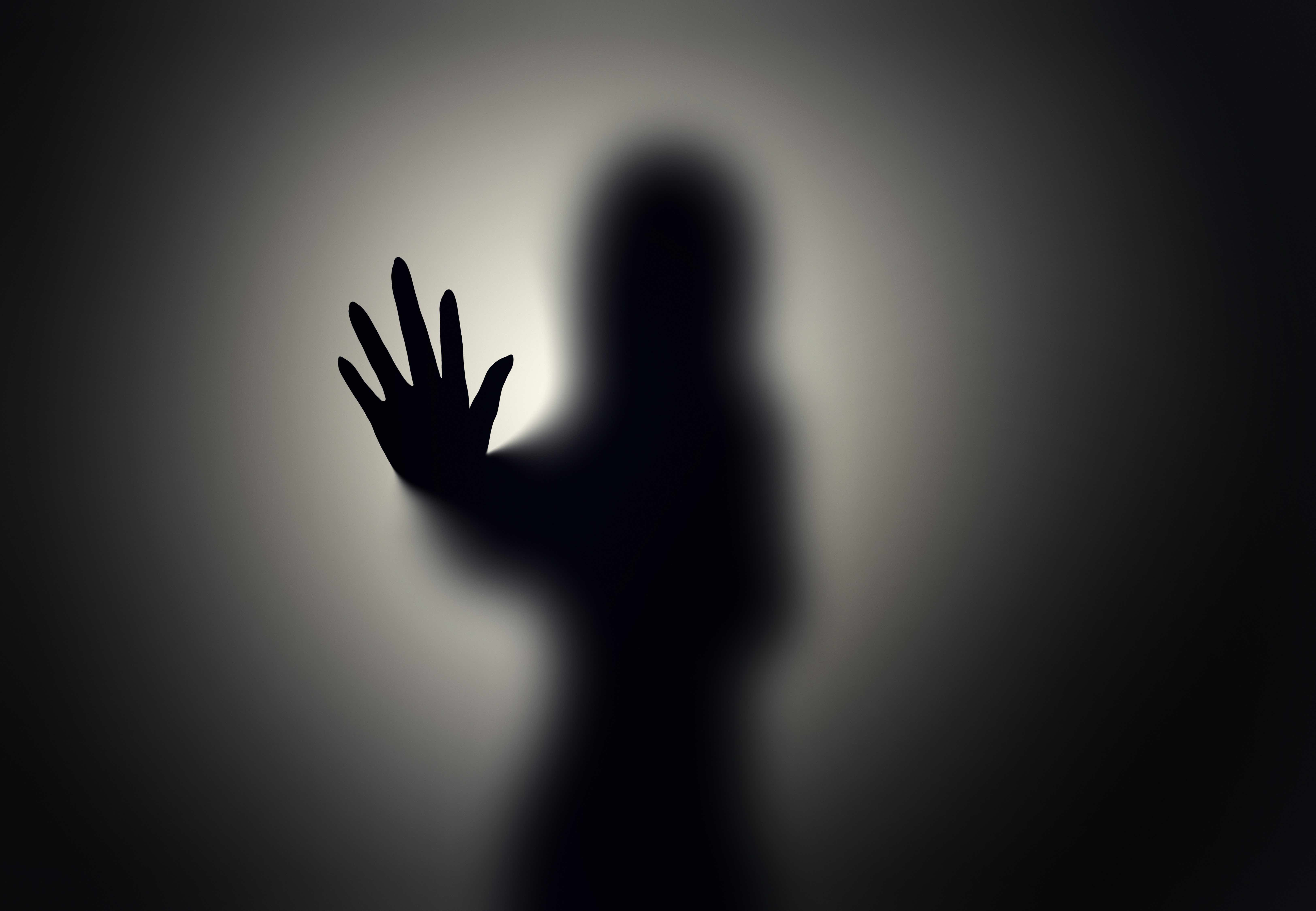
There’s a part of you that you keep hidden. It might be the jealousy you feel toward a friend’s success, the irritation you mask behind a polite smile, or the deep sadness you tuck behind productivity. We all carry it — the thoughts we disown, the feelings we repress, the desires we refuse to acknowledge. This hidden terrain is what Carl Jung called the “shadow self.”
Far from being pathological, the shadow self is a universal psychological construct. It encompasses everything we find unacceptable about ourselves — anger, envy, greed, selfishness, vulnerability — and everything society, family, or culture has deemed unworthy. But suppressing these traits doesn’t erase them. Instead, they manifest in subtle, often destructive ways, quietly influencing our decisions, relationships, and sense of self.
Carl Jung, the Swiss psychiatrist and founder of analytical psychology, introduced the concept of the shadow in the early 20th century. To Jung, the psyche was not a singular entity, but a dynamic system of opposites: the persona (the mask we wear in society), the ego (our conscious identity), and the shadow (the repressed and unconscious part of the self).
“Everyone carries a shadow,” Jung wrote. “And the less it is embodied in the individual’s conscious life, the blacker and denser it is.”
The shadow begins to form in childhood. As we learn what is acceptable and what isn’t — “Don’t be selfish,” “Boys don’t cry,” “Good girls don’t get angry” — we push the disapproved parts of ourselves out of awareness. These disowned qualities don’t vanish; they become unconscious, forming a psychological blind spot.
Unintegrated shadow traits don’t remain dormant. They leak out in moments of stress, fatigue, or emotional overwhelm — in passive-aggressive comments, disproportionate anger, or self-sabotaging behavior. Often, they project outward onto others. The colleague you can’t stand, the influencer who infuriates you, the stranger who instantly gets under your skin — they may be reflecting parts of yourself you’d rather not see.
This is known as shadow projection. As Jung put it, “We meet ourselves time and again in a thousand disguises on the path of life.”
Research in contemporary psychology echoes this idea. A 2012 study published in the journal Psychological Science found that people are more likely to judge others harshly for traits they unconsciously recognize in themselves. This unconscious disowning — and judging — perpetuates inner conflict and relational tension.
The shadow doesn’t just exist on a personal level — it operates collectively. Societies, too, disown parts of their identity. Rigid gender roles, systemic racism, class prejudice — these are, in part, expressions of a cultural shadow, where groups project what they fear or reject in themselves onto others.
Consider how wartime propaganda often dehumanizes the “enemy,” amplifying their flaws while ignoring our own. Or how moral panic can erupt over marginalized groups seen as threatening the “purity” of the majority. Understanding the shadow helps us see these dynamics not as aberrations, but as predictable patterns of human psychology writ large.
Contrary to fear-based thinking, embracing the shadow doesn’t mean indulging every impulse. It means acknowledging our full humanity — the light and the dark — and integrating what we’ve denied.
“Shadow work,” the process of bringing unconscious aspects of the self into consciousness, is not about shame or judgment. It’s about healing fragmentation. Therapists who use Jungian or psychodynamic frameworks often guide clients through this process, helping them explore their projections, triggers, and repressed emotions.
“Until you make the unconscious conscious, it will direct your life and you will call it fate,” Jung famously said. In other words, if we don’t confront our shadow, it controls us from behind the curtain. But if we do, it becomes a source of growth, creativity, and authenticity.
What makes you disproportionately angry, jealous, or defensive? These intense reactions often point to disowned parts of yourself. Instead of dismissing them, get curious. What part of you feels threatened or unseen?
Write about someone you strongly dislike. Describe their traits in detail. Then ask: “In what ways do I also possess these traits — even in small or hidden forms?” This exercise, adapted from Jungian practice, helps dissolve projection.
Shadow work also involves embracing strengths you’ve disowned — assertiveness, ambition, sensuality. These “golden shadows” are positive qualities projected onto others. Reclaiming them expands your sense of self.
Because the shadow involves deeply buried material, working with a psychotherapist trained in depth or analytical psychology can offer crucial support. They help create a safe container for exploring what’s often painful or difficult to see.
Modern culture often champions positivity and self-improvement, urging us to “manifest” better lives by thinking better thoughts. But real transformation requires deeper excavation — a willingness to meet the parts of ourselves we’ve neglected or feared.
The shadow, for all its darkness, is not the enemy. It is a teacher. It reveals what we must accept to become whole, what we must heal to become free.
And perhaps, in the quiet moment when we finally turn inward and say, “Yes, I see you,” the shadow stops chasing us — and walks beside us instead.